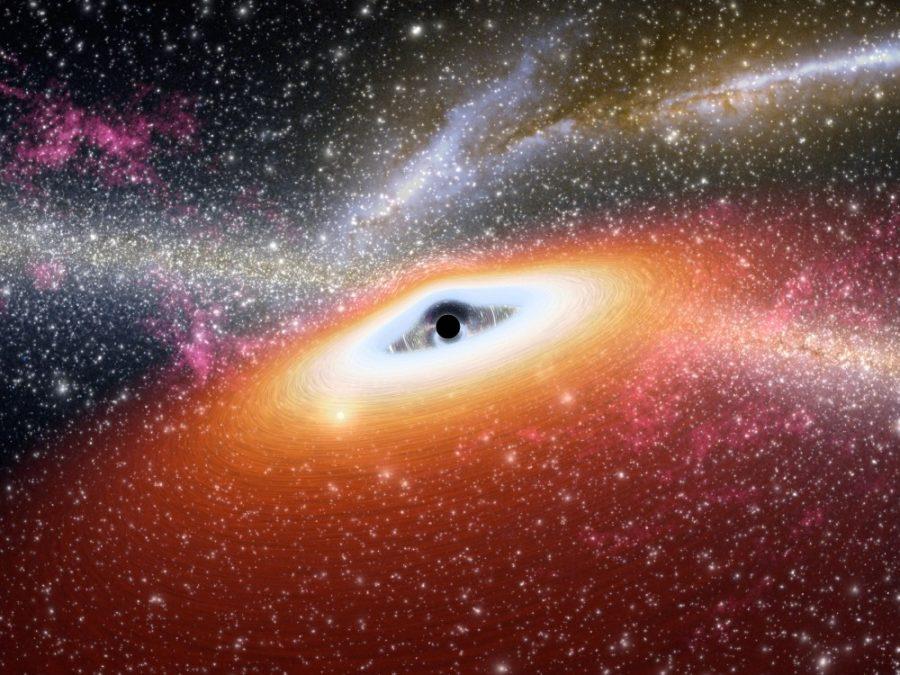Printable solar cells have future potential

Printable solar cells are becoming more of a possibility with a new development made by postdoctoral researcher Hairen Tan and his team at the University of Toronto.
Perovskite solar cells that are on the market today use extremely thin slices of crystalline silicon made through a rigorous and heat-intensive process. In printable cells, the raw perovskite materials can be melted down into a kind of ink which can then be printed onto various materials.
The challenge was harvesting the energy from the printed cells. For solar cells to produce electricity, they need an Energy Selective Layer, which extracts the energy from the crystals and send it through a circuit. Until now there was no practical solution for implementing the ESL in printable solar cells.
Their solution was a chemical reaction that would grow the ESL out of nanoparticles. The major benefit is the low-heat process in which this occurs, making it more practical and less expensive. This development opens doors for solar energy and, with increased efficiency, has extensive market potential.
RELATED: Solitary ice volcano on dwarf planet once one of many
Possibility of first ever black hole picture
Scientists say there is now potential, with the help of the “Event Horizon Telescope,” to capture the first picture of a black hole. The EHT’s sensitivity has recently been increased by a factor of 10, and scientists are hopeful that an image could be released this or next year.
The EHT is called a “virtual telescope” and has been in the works for almost 20 years. Through a technique called very long baseline array interferometry, the image would be created by linking radio receivers spanning the South Pole, Hawaii, the Americas and Europe.
With success, the network will imitate the aperture of a telescope and reproduce the image of Sagittarius A*, a black hole 26,000 light years away. The hope is to catch the image during observations that will run though of April 5-14 if the weather conditions at the stations are favorable.
The black hole should be seen as a ring of glowing light caused by the breaking of gas and dust, as predicted by Einstein. If this is not the case, project head Sheperd Doeleman, astrophysicist at the Harvard-Smithsonian Center for Astrophysics, said in a BBC interview they would have to “reassess the theory of gravity.” He cautioned, however, that this is unlikely.
RELATED: UA researcher observes smallest asteroid
Dwarf Planet Ceres may have had past life

Located between Mars and Jupiter, the dwarf planet Ceres has shown the first definitive proof of organic compounds, detected by NASA’s Dawn spacecraft. The organic material likely originated on Ceres itself. Dawn has also previously found salts, ammonia-rich clay and frozen water on the dwarf planet. These materials are indicators of hydrothermal activity.
The presence of both organic material and hydrothermal activity adds to evidence of Ceres, at one point, having a habitable environment.
There are currently no samples taken from Ceres, so scientists have no definitive answers as to what organic materials are present or how they came about.
These organic materials may have arrived through the interior of the planet, moving to the surface due to hydrothermal activity. Studying the elements and characteristics of Ceres can point to promising discoveries in the origins of life.
Follow Serena Conde on Twitter.









